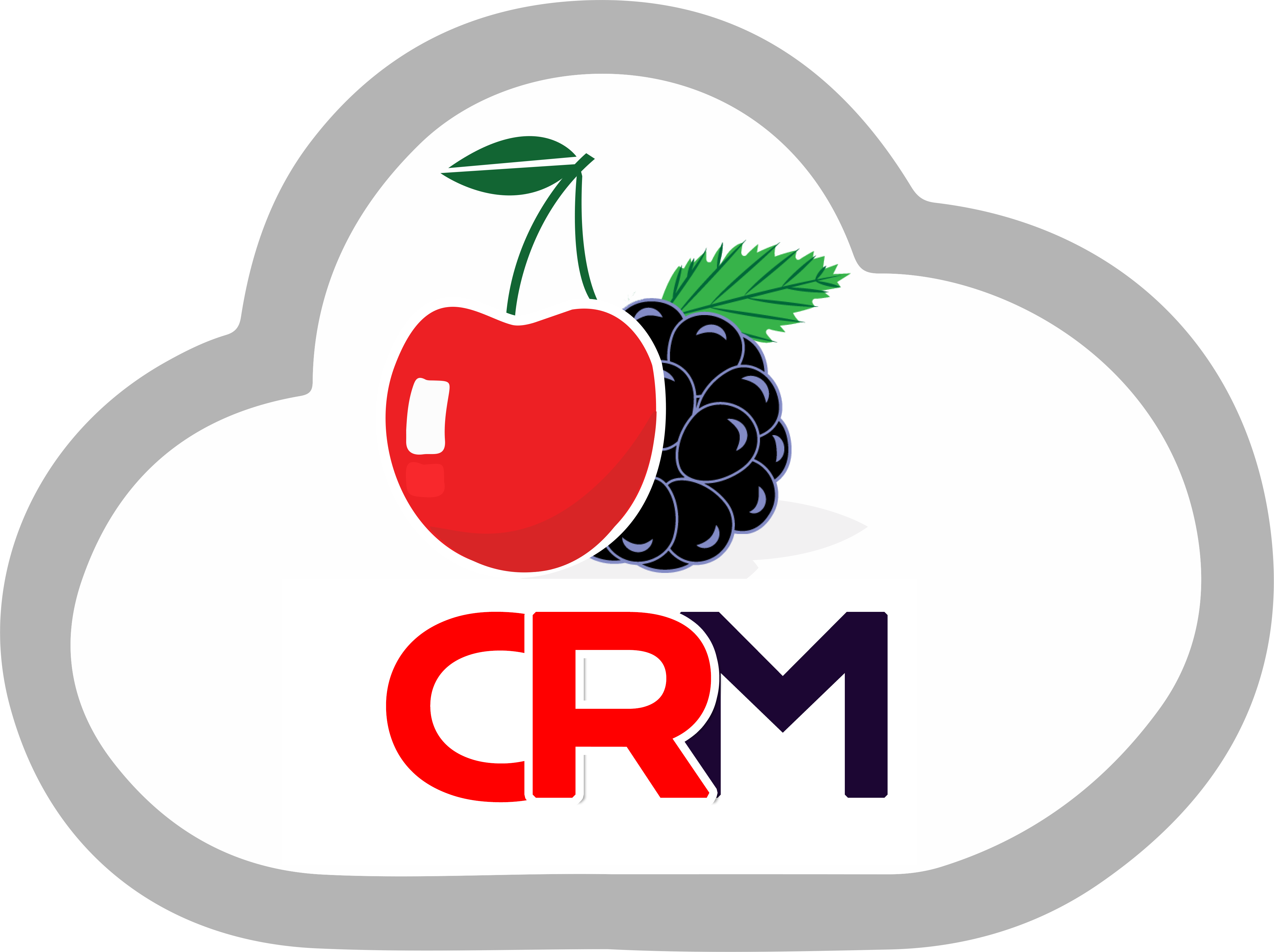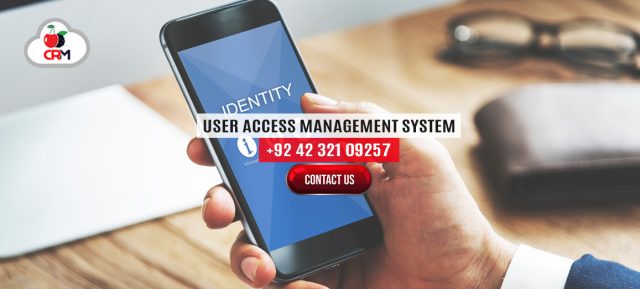User access management refers to the processes and policies that control users’ ability to access a system or application within an organization. As companies increasingly rely on software systems and computer networks to conduct business, properly managing who can access what information has become crucial. Confidential data could easily fall into the wrong hands without vigilant user access controls or become corrupted or destroyed due to unauthorized access. However, finding the right balance between security and efficiency poses significant challenges. User Access Management System in Lahore is very popular in Lahore among fast-growing companies. This essay will explore some of the key components of an effective user access management system in Lahore and maintain that delicate equilibrium.
Identity and Access Management Emerges as a Critical System:
With distributed networks, complex systems, and increasing numbers of users accessing data, many organizations have implemented identity access management (IAM) solutions as a way to coordinate user access controls. The user access management system in Lahore manages individual user authentication, authorization, passwords, privileges, and permissions across multiple applications and systems using a centralized directory and security policies. For example, a strong IAM system would enable administrators to quickly disable access when employees change roles or leave the company.
Leading practices dictate separating duties for managing access from data ownership – administrators and security teams provision access, while managers and data owners determine appropriate privileges aligned with jobs and business needs. Checks and balances are imperative to accountability; no single individual should have full control over both granting access and defining privileges. Regular user access reviews ensure alignment between access and current responsibilities.
Access Requires Balance between Security and Efficiency:
While locking down and scrutinizing all user access may heighten security, it would likely grind productivity and operations to a standstill. Organizations must find an aligned balance between keeping assets and data secure while enabling users and applications to access the necessary resources to perform their jobs efficiently. Achieving this balance requires assessing and classifying types of data and levels of risk posed by unauthorized access. Applying the principle of least privilege enables control over access to sensitive resources while still facilitating needed access to information.
For example, users may have widespread read access but very few write, edit, or delete abilities constrained only by group or business function. Multi-factor authentication introduces additional protections for the highest-risk access such as administrative credentials. Analyzing access patterns also aids context for determining appropriate privileges, excessive privileges could enable inappropriate levels of data access and malicious or unintentional damage. Managing this balance is an ongoing, evolving process requiring visibility into access policies, data flows, application programming interfaces, vulnerabilities, and user lifecycles.
Guarding the Gates: Access Management Operational Controls:
While identity and User Access Management solutions focus on providing visibility and managing access at the systems level, additional operational controls are essential to enforcing user access policies and preventing the exploitation of vulnerabilities. Allowing any user account unlimited access once validated introduces unnecessary risk of abuse of privileges, whether intentional or not. Access management controls enable policy enforcement:
- Session management: Control length of user sessions requires re-authentication after periods of inactivity
- Access hours restrictions: Limit access times of the day based on the user’s typical working hours
- Resource quotas: Apply limits on the number of records queried or retrieved to prevent excessive consumption of resources
- Rate limiting: Impose a maximum number of requests per session or period to prevent denial of service attacks
- Location analysis: Detect and restrict anomalous logins from foreign countries signaling compromised credentials
Access Administration: Essential Keys to Security and Efficiency
In an increasingly digital world with distributed workforces, managing appropriate access serves as a gatekeeper overseeing entrance to sensitive systems and data. Determining the right access aligning to specific user roles and managing permissions takes context and continual review as responsibilities change over time. At the same time, leaving the gates unlocked introduces unacceptable vulnerabilities in an age fraught with cyber threats from both internal and external actors.
Conclusion:
Finding the right balance through access management enables organizations to securely grant authenticated users the minimum access required to efficiently perform duties. As long as kingdoms have existed, access equates to power – a reality unchanged in the digital age. An effective user access management system must provide enough keys to the kingdom to enable goal achievement yet limit any one individual amassing enough to ransack its riches or raze it all together. Just as heroic knights protected castle strongholds in ancient times, identity and access management solutions act as modern gatekeepers standing guard over digital assets and our increasingly virtual global economy. Visit CherryBerry CRM for more information.

